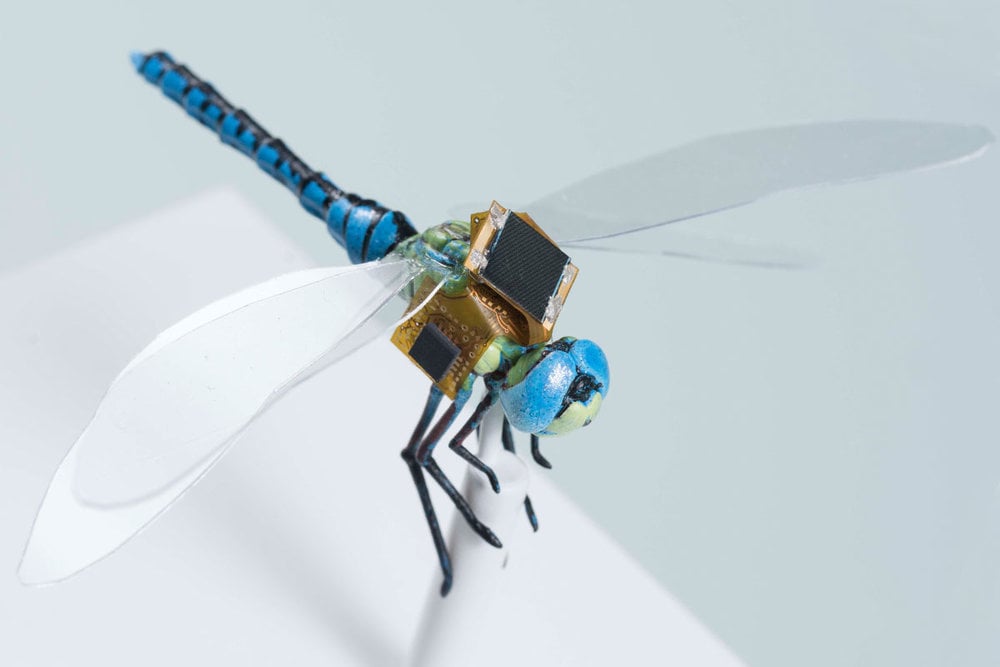Children as young as 13 are attending ‘smartphone rehab’
Children refusing to put down their phones is a common flashpoint in many homes, with a third of British children aged 12 to 15 admitting they do not have a good balance between screen time and other activities.
But in the US, the problem has become so severe for some families that children as young as 13 are being treated for digital technology addiction.
One ‘smartphone rehab’ centre near Seattle has started offering residential “intensive recovery programs” for teenagers who have trouble controlling their use of electronic devices.
The Restart Life Centre says parents have been asking it to offer courses of treatment to their children for more than eight years.
Hilarie Cash, the Centre’s founder, told Sky News smartphones, tablets and other mobile devices can be so stimulating and entertaining that they “override all those natural instincts that children actually have for movement and exploration and social interaction”.
Child psychotherapist Julie Lynn Evans, who has worked with hospitals, schools and families for 25 years, said her workload has significantly increased since the use of smartphones became widespread among young people.
“It’s a simplistic view, but I think it is the ubiquity of broadband and smartphones that has changed the pace and the power and the drama of mental illness in young people,” she told The Telegraph.
A ComRes poll of more than 1,000 parents of children aged under 18, published in September 2015, found 47 per cent of parents said they thought their children spent too much time in front of screens, with 43 per cent saying this amounts to an emotional dependency.”







